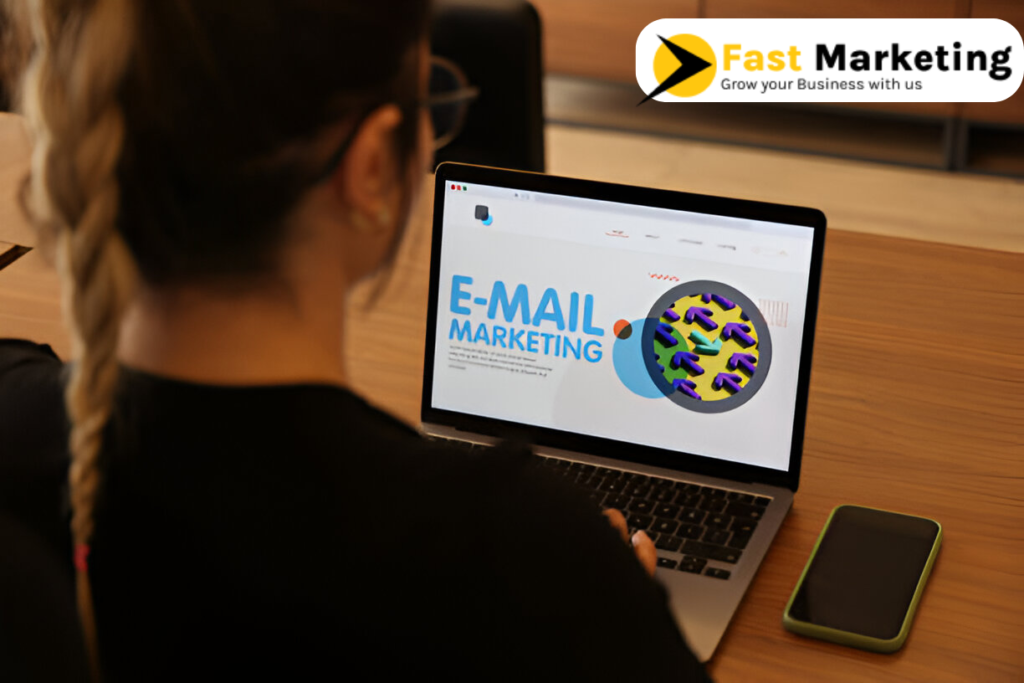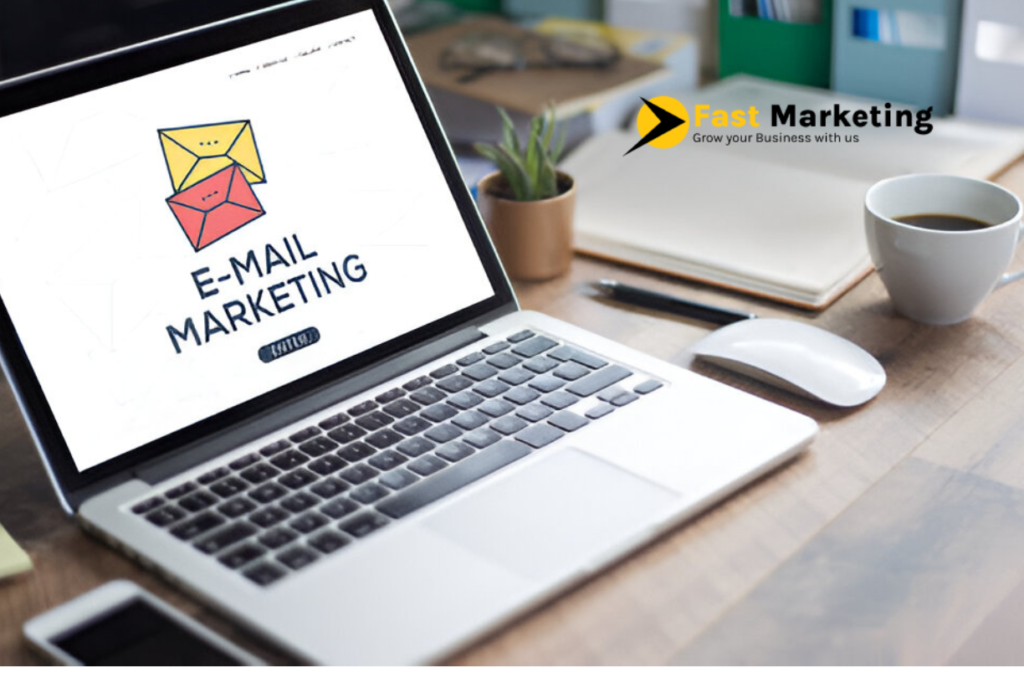Introduction to Email Marketing
In the modern landscape of the Internet, email marketing remains one of the most viable tools that helps businesses reach the target audience effectively, enhance the level of engagement, and further sales. Below is a guide on an in-depth look at the world of email marketing: how it works and how one can use the power of it to grow business.
What is Email Marketing
Email marketing is a digital strategy used by businesses to promote products, services, and brand messages directly to potential customers via email. What is email marketing’s main benefit? It allows companies to build strong relationships, nurture leads, and drive sales effectively. Businesses use personalized email campaigns to target specific audiences, ensuring higher engagement and conversion rates. What is email marketing’s role in modern marketing? It remains a cost-effective and powerful tool, helping businesses stay connected with their audience. Automated email sequences, newsletters, and promotional offers enhance customer retention. Understanding what is email marketing can help businesses improve communication and boost profitability, making it an essential component of any digital marketing strategy.

Why Email Marketing Is Important
Cost-Effective: Email marketing provides a high ROI compared to any other marketing channels.
Direct Communication: It allows businesses to reach customers directly in their inboxes.
Personalization: Businesses can tailor emails based on user preferences, behavior, and demographics.
Automation: Advanced tools allow automated email sequences to improve efficiency.
Table of Contents
Types of Email Marketing Campaigns
1. Welcome Emails
what is email marketing – These are the first interactions with a new subscriber and set the tone for future communication. Welcome emails introduce the brand, provide essential information, and encourage engagement.

2. Promotional Emails
Used to announce sales, discounts, and special offers, promotional emails are highly effective for driving conversions and boosting revenue.
3. Transactional Emails
what is email marketing – These are triggered by a user’s action, such as purchase confirmations, password resets, and shipping notifications.
4. Newsletter Emails
Newsletters provide regular updates, industry news, blog posts, or curated content to keep subscribers informed and engaged.
5. Re-engagement Emails
For inactive subscribers, re-engagement emails attempt to rekindle their interest with personalized offers, reminders, or incentives.
6. Lead Nurturing Emails
These are emails designed to help potential customers move through the buying journey, and they provide value that builds trust and encourages conversion.
How to Create an Effective Email Marketing Strategy
1. Build a High-Quality Email List
A good email marketing campaign begins with a good email list. Don’t buy email lists but rather, focus on the organic ways: Lead magnets like eBooks, webinars or discounts. Asking website visitors to subscribe. Social media campaigns to get people to subscribe.
2. Segment Your Audience
Segmentation helps personalize content and increase engagement. Common ways to segment an audience include:
- Demographics: Age, gender, location, income level.
- Behavioral Data: Purchase history, email interactions, engagement levels.
- Interests & Preferences: Specific product or service interests.
3. Craft Compelling Email Content
To be most effective, emails should be:
Brief and clear: Get to the point.
Engaging and relevant: Answer the needs and interests of the recipient.
Visually appealing: High-quality images, formatting, and brand consistency.
Actionable: Strong call-to-action (CTA) buttons.
4. Optimize for Mobile Devices
Since most users check their emails on mobile devices, ensure that emails are:
- Mobile-responsive
- Short and scannable
- Clickable and interactive
5. Utilize Email Automation
What is email marketing – Automation streamlines the email marketing process and improves efficiency. Popular automation sequences include:
- Welcome sequences
- Abandoned cart emails
- Birthday or anniversary emails
- Follow-up emails after a purchase
6. Test and Optimize Your Campaigns
Continuous optimization is key to success. Use A/B testing to compare different elements, such as:
- Subject lines
- Email copy
- CTA buttons
- Sending times
7. Track Key Metrics and Adjust Strategies
what is email marketing
Watch over the crucial metrics to determine the success:
Open Rate: The response rate of the recipients is the open rate.
Click Through Rate (CTR): The response rate is the click through rate, the number of recipients who clicked on a link in the email.
Conversion Rate: The rate of recipients who actually took the desired action.
Bounce Rate: The percentage of unsent emails.
Unsubscribe Rate: It is the rate at which people unsubscribe from the email list.
Best Email Marketing Tools for Beginners
What is email marketing – For beginners, the best email marketing tools simplify campaign creation, automation, and analytics. Mailchimp is user-friendly with drag-and-drop features and automation. Constant Contact offers easy templates and list management. Sendinblue provides automation and SMS marketing. ConvertKit is great for creators with tagging and segmentation. AWeber offers pre-designed templates and automation. These tools help beginners create engaging emails, manage subscribers, and track performance for better results.
- Mailchimp – User-friendly, great for beginners, free plan available.
- Constant Contact – Best for small businesses.
- AWeber – Strong automation features.
- GetResponse – Excellent for marketing automation.
- ConvertKit – Best for content creators.
- HubSpot – Advanced features for large businesses.
Common Email Marketing Mistakes to Clear
1. Sending Emails Without Permission
What is email marketing? It is a practice to target customers with emails. But, sending unsolicited emails can damage your reputation and breach certain privacy laws. What is the best practice of email marketing? Always get the permission of people before sending emails as this ensures that there is trust with them, increases engagement, and complies with laws like GDPR and CAN-SPAM.
Always use opt-in forms and get explicit consent before sending marketing emails.
2. Ignoring Personalization
Generic emails lead to lower engagement. Use the recipient’s name and segment your audience for tailored messages.
3. Overloading with Too Many Emails
Avoid overwhelming subscribers with excessive emails, which can lead to high unsubscribe rates.
4. Neglecting Mobile Optimization
If emails are not mobile-friendly, engagement rates will drop significantly.
Conclusion
What is email marketing? It is a powerful digital strategy that helps businesses connect with their audience, promote products, and drive sales. What is email marketing’s key advantage? It allows for personalized communication, ensuring higher engagement and customer retention. By using targeted email campaigns, businesses can build trust and maintain long-term relationships with their customers. What is email marketing’s role in modern business? It remains an essential tool for boosting brand awareness, increasing conversions, and maximizing return on investment. A well-planned email marketing strategy helps businesses grow efficiently, making it a crucial part of any successful digital marketing plan.





